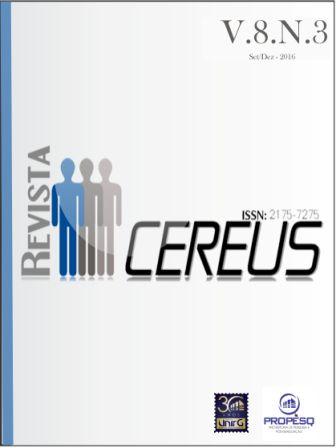ASCORBIC ACID CONTENT OF NONI FRUIT JUICE AND PULP
Resumo
Citrus fruits are part of the diet because it is an affordable fruit, possessing important secondary metabolites, such as ascorbic acid. The VITC can prevent cardiovascular disease, component in collagen production among other functions. Developing studies in the laboratory of University Center of Physiology UNIRG, has been obtaining evidence about the anti-stressing action of noni pulp in stressed rats, possibly due to a higher proportion of VITC found in the fruit of noni. This research aimed to compare the content of ascorbic acid present in lemon pulp, pineapple and orange, as well as evaluate the difference in ascorbic acid content in the pulp and in the industrialized noni juice. We used the titrimetric method Tillmans standardized AOAC. The chosen fruit samples had mature stage and the industrialized noni juice in good condition for consumption. The average content of ascorbic acid obtained in the pulps were in mg / 100 g: noni: 166,6 ± 0,25, pineapple: 25 ± 0.,22.lemon: 37,6 ± 0,06, orange: 42,3 ± 0,07. In the industrialized noni juice VITC content was 16,2 ± 0,04 mg / 100g. In conclusion, ascorbic acid content in noni pulp is significantly higher compared to those of selected fruit pulps. It was also found that the ascorbic acid fraction in noni pulp is about 91% higher than that found in industrialized noni juice, since, probably in the industrialized juice, unlike the conditions in nature, the VITC is degenerated by manufacturing process (high temperature, lighting, reagents, manipulation, etc.).
DECLARAÇÃO DE TRANSFERÊNCIA DE DIREITOS AUTORAIS
Os autores do manuscrito submetido declaram ter conhecimento que em caso de aceitação do artigo, a Revista Cereus, passa a ter todos os direitos autorais sobre o mesmo. O Artigo será de propriedade exclusiva da Revista, sendo vedada qualquer reprodução, em qualquer outra parte ou meio de divulgação, impressa ou eletrônica.


